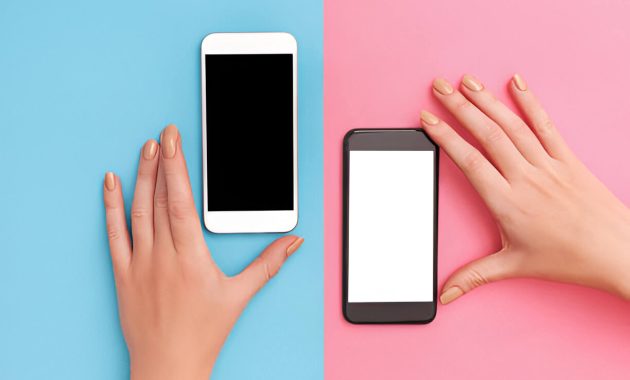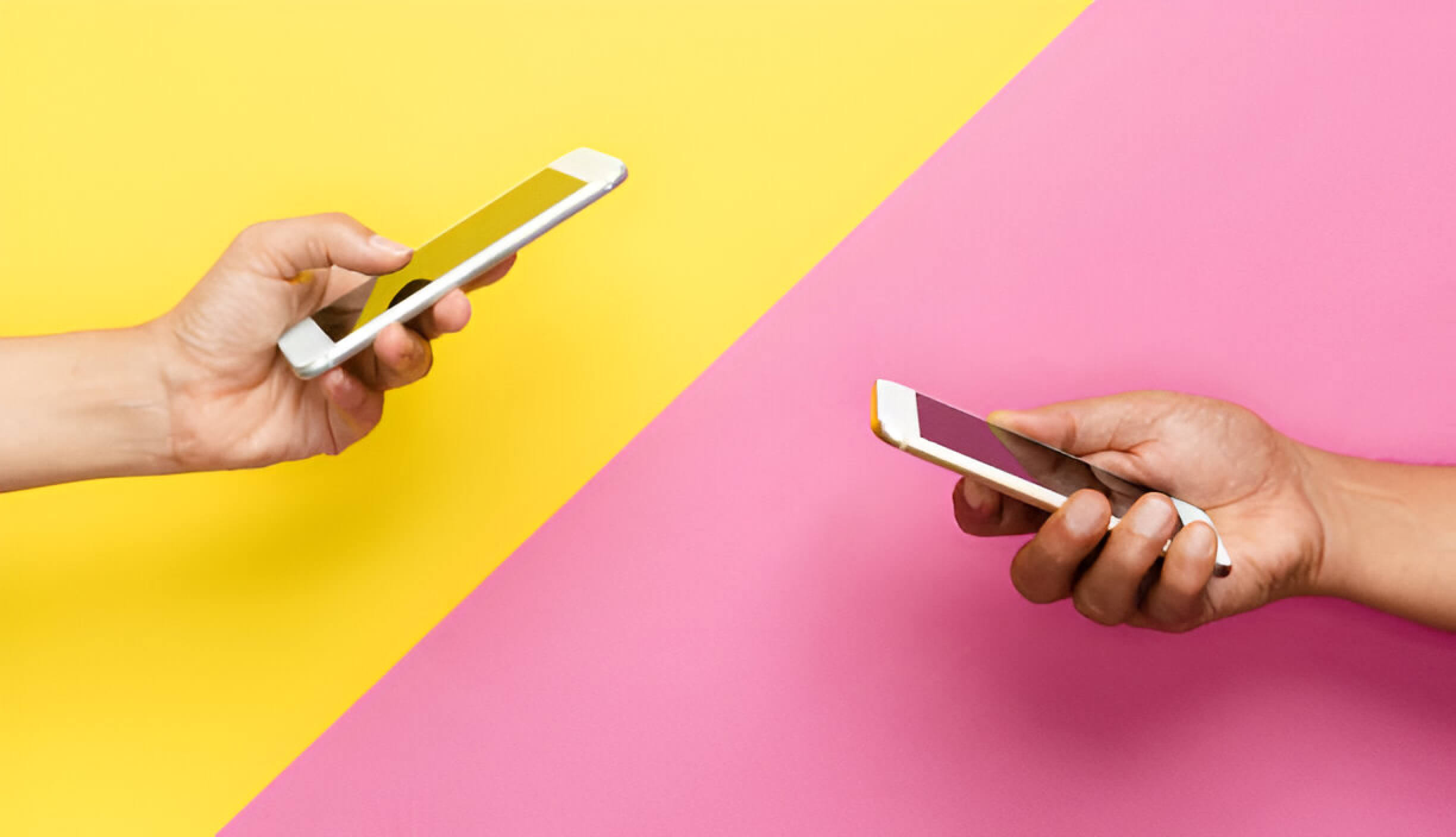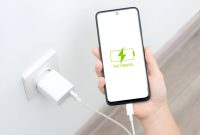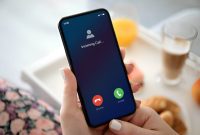In today’s digital age, seamlessly transferring and backing up our mobile data has become increasingly important. Enter phone cloning, a powerful yet often misunderstood tool that allows users to create a replica of their device’s contents. This comprehensive guide delves into phone cloning, exploring its benefits, potential concerns, and practical applications. From understanding the basics to navigating the legal and ethical considerations, we’ll equip you with the knowledge to make informed decisions about managing your mobile data effectively.
What Is Phone Cloning and Why You Might Need It?
Phone cloning is a process that creates an exact digital copy of your mobile device, including all its data, settings, and applications. This technique goes beyond simple data transfer, effectively replicating your entire phone’s ecosystem onto another device or a secure storage system.
There are several reasons why you might consider cloning your phone. You may upgrade to a new device to ensure a seamless data and settings transition. Or you’re concerned about data loss and want a comprehensive backup solution. Phone cloning can be invaluable for business users when setting up company-issued devices with standardized configurations.
Various methods exist for cloning a phone, ranging from built-in manufacturer tools to third-party software solutions. Some options allow for selective data transfer, while others create a complete mirror image of your device. It is crucial to choose a method that aligns with your specific needs and technical comfort level.
The importance of regular phone backups cannot be overstated in our increasingly digital world. Phone cloning offers a robust safeguard for valuable data, from cherished photos to critical business information. By understanding and utilizing phone cloning techniques, you can ensure that your digital life remains secure and easily transferable, providing peace of mind in an ever-evolving technological landscape.
Legal and Ethical Considerations of Phone Cloning
While technologically feasible, phone cloning raises significant legal and ethical concerns. In most jurisdictions, the practice is illegal due to its potential for fraud and identity theft. Laws governing phone cloning vary by country but generally fall under broader cybercrime or telecommunications regulations. The Wireless Telephone Protection Act of 1998 prohibits phone cloning in the United States.
Ethically, phone cloning presents numerous challenges. It infringes on individual privacy rights, potentially exposing personal data, communications, and sensitive information. This practice can lead to severe breaches of confidentiality, especially in professional or governmental contexts. Moreover, it undermines the trust and security that underpin our digital infrastructure.
Data protection regulations, such as the European Union’s General Data Protection Regulation (GDPR) or California’s Consumer Privacy Act (CCPA), further complicate the legality of phone cloning. These laws mandate strict controls over personal data handling and transfer, making unauthorized duplication of phone data a severe violation.
As technology advances, the debate around phone cloning continues to evolve. While there may be legitimate uses in law enforcement or security testing, the potential for misuse necessitates ongoing legal scrutiny and ethical discourse to protect individual rights and maintain societal trust in digital communications.
Step-by-Step Guide How to Clone an Android Phone

Cloning an Android phone can help transfer data or create a backup. Here’s a step-by-step guide to help you clone your Android device:
- Built-in Android Tools:
– Use Google Account Sync: Sign in to your Google account on both devices to automatically sync contacts, calendars, and other data.
– Utilize Android’s built-in backup feature: Go to Settings > System > Backup to create a comprehensive backup of your device.
- Third-Party Android Cloning Apps:
– Download a reputable cloning app like Samsung Smart Switch, Huawei Phone Clone, or Dr.Fone – Phone Transfer.
– Install the app on both the source and target devices.
– Follow the app’s instructions to initiate the cloning process.
- Transferring Data:
– Connect both devices to the same Wi-Fi network.
– Select the data types you want to transfer (e.g., contacts, messages, photos).
– Start the transfer process and wait for it to complete.
- Verify and Finalize:
– Check the cloned device to ensure all desired data has been transferred.
– Sign in to your accounts on the new device.
– Customize settings on the cloned device as needed.
Remember, while Android phone cloning can be convenient, always prioritize data security and only use trusted methods and applications.
Methods and Tools for Apple Devices
iPhone cloning is a process that allows users to create an exact copy of their device’s data and settings. This can be useful for various purposes, such as upgrading to a new iPhone, creating a backup, or transferring data to a replacement device. Several methods and tools are available for cloning Apple devices, each with advantages.
One of the most straightforward methods is using iCloud backup. This built-in feature automatically backs up your iPhone’s data to Apple’s servers, making restoring your information to a new device easy. To use this method, ensure your iPhone is connected to Wi-Fi and has enough iCloud storage space.
Another popular option is iTunes backup. This method involves connecting your iPhone to a computer and using iTunes to create a local backup of your device. iTunes backups can be encrypted for added security and can store more data than iCloud backups.
Third-party iOS cloning software is available for those seeking more advanced features. These tools often offer additional functionality, such as selective data transfer, the ability to clone specific apps, or even the option to transfer data between iOS and Android devices.
Regardless of the method chosen, it’s crucial to ensure that all personal data is securely backed up before initiating the cloning process. This precaution helps safeguard your information and provides a smooth transition to your new or restored device.
Best Phone Cloning Apps and Software for 2023
In 2023, the phone cloning app and software market expanded significantly, offering users various options to suit their needs. Top phone cloning apps have become increasingly sophisticated, providing seamless data transfer and backup solutions for Android and iOS devices. Many free phone cloning software options offer basic functionality for those on a budget. However, paid cloning tools often provide more comprehensive features, enhanced security, and better customer support.
Cross-platform cloning solutions have gained popularity, allowing users to transfer data between operating systems quickly. Some notable options include Dr.Fone – Phone Transfer, which supports iOS and Android devices, and MobileTrans, known for its user-friendly interface and broad compatibility. For those seeking free alternatives, Google’s built-in backup and restore feature for Android and iCloud for iOS devices remain reliable choices.
When selecting a phone cloning app or software, consider factors such as ease of use, supported file types, transfer speed, and security measures. Always use reputable software to protect your data during cloning.
Troubleshooting Common Phone Cloning Issues
When attempting to clone your phone, you may encounter several common issues that can hinder the process. One frequent problem is cloning errors, which can occur due to unstable connections or incompatible software versions. To resolve this, ensure both devices run the latest operating system and use a high-quality USB cable for wired transfers.
Data transfer problems often arise when dealing with large amounts of information. If you experience slow or incomplete transfers, try breaking the process into smaller batches or using a Wi-Fi connection instead of cellular data. Closing background apps and restarting both devices can also optimize the transfer speed.
Compatibility issues between phone models or operating systems can cause cloning difficulties. Consider using manufacturer-specific apps or third-party tools designed to bridge these gaps in such cases. Always verify that your chosen method supports both the source and target devices.
Storage space management is crucial for successful cloning. Before initiating the process, check that your target device has sufficient free space to accommodate all the data from the source phone. Delete unnecessary files or apps or temporarily use cloud storage solutions to offload data during cloning.
Proactively addressing these common issues can significantly improve your chances of a smooth and successful phone cloning experience.
Securing Your Cloned Data
Data encryption is a crucial first step in securing your cloned data. By using robust encryption algorithms, you can ensure that even if unauthorized parties gain access to your files, they won’t be able to decipher the information. Implementing secure cloud storage solutions adds an extra layer of protection, offering advanced security features and redundancy.
Two-factor authentication (2FA) is another essential practice for safeguarding your data. By requiring a second form of verification beyond just a password, 2FA significantly reduces the risk of unauthorized access to your accounts and, consequently, your cloned data.
Regular backups are vital for data protection. Maintaining up-to-date copies of your cloned data in separate, secure locations allows you to quickly recover from data loss due to hardware failures, cyberattacks, or other unforeseen events. Automating this process ensures consistent backups without relying on manual intervention.
Remember to regularly update your security measures and stay informed about the latest threats and best practices in data protection. By implementing these strategies, you can significantly enhance the security of your cloned data and minimize the risk of data breaches or loss.
Other Methods for Data Transfer and Backup
Phone cloning is one of many options for transferring data or creating backups of your phone’s contents. Several alternatives can be just as effective and, in some cases, more convenient. Cloud sync services offer a seamless way to update data across multiple devices. These services automatically backup your contacts, photos, and other vital information to secure servers, allowing you to access them from anywhere.
PC backup solutions provide another robust method for safeguarding your phone’s data. Connecting your device to a computer can create comprehensive backups that include your personal files, app data, and system settings. This approach benefits those who prefer having a local copy of their information.
Manual data transfer remains a viable option for those who prefer a more hands-on approach. This method involves manually selecting and moving files between devices, giving you complete control over what gets transferred and where it goes. While it can be time-consuming, it’s an excellent choice for those who want to be selective about their data transfer.
Wireless data transfer technologies have evolved significantly, offering convenient ways to move information between devices without cables. Methods like Wi-Fi Direct or Bluetooth file sharing allow for quick and easy transfers of photos, videos, and other files between compatible devices.
Each of these alternatives has its strengths, and the best choice depends on your specific needs, the amount of data you’re dealing with, and your personal preferences for data management and security.










